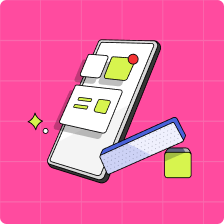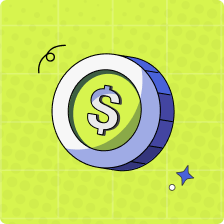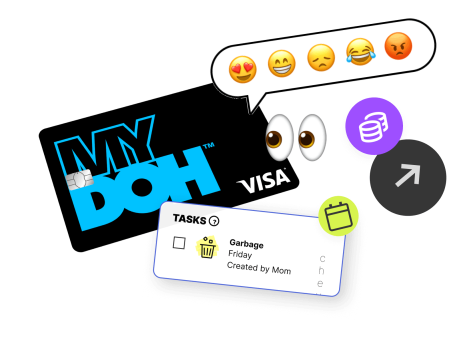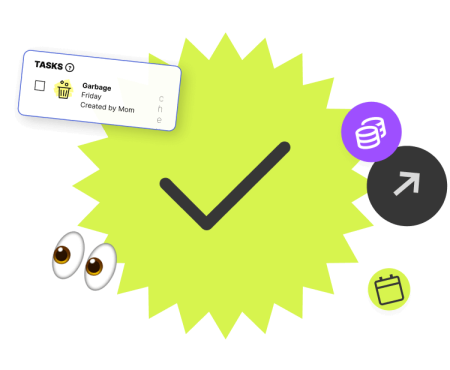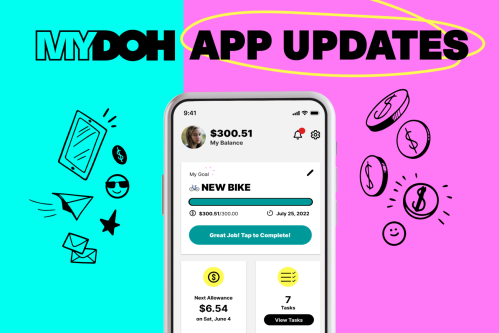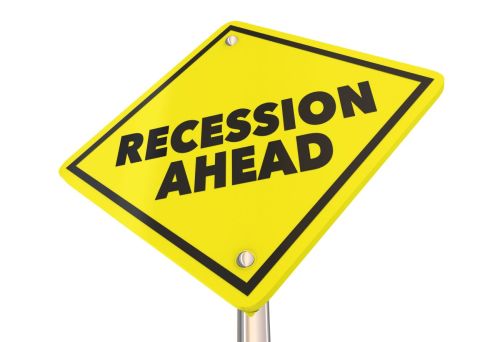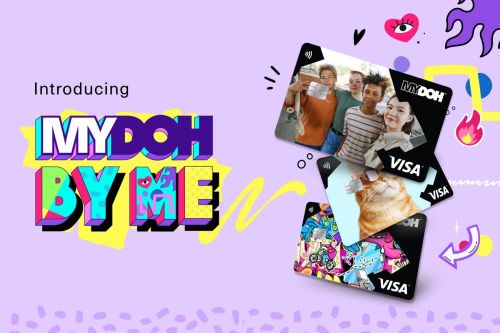Almost all of us want to learn how to better handle our money. Which is why November is the perfect time to spend time learning what the heck financial literacy actually is.
Personal finance affects a ton of areas in your life–from buying a slice of pizza, to saving up for a new bike, to landing your first part-time job, to filing your first tax return. These are all skills we need to master.
That’s why we’re going back to basics and breaking down what financial literacy is, as well as advice on how to earn, save, spend, and invest your own money.
What is Financial Literacy Month in Canada?
Financial Literacy Month takes place each November. It was established by the Canadian government in 2011 to support financial education and empower Canadian families to manage their money and debt, save for the future, and make better decisions when it comes to finances.
What is the meaning of financial literacy?
Financial literacy sounds like a daunting term but it essentially means learning how to save, grow, and protect your money. It’s a skill that takes time to learn; once you learn the alphabet, you can’t expect to pick up a novel. Financial literacy is extremely important as it’s the foundation for making good decisions about your money now and in the long-term.
It’s also a skill that pays off: a study showed that teens who talked about finances with their parents, even once a week, had a better grasp of financial literacy than those who didn’t.
Because it’s hard to imagine it now, but one day 65-year-old you will be grateful that 18-year-old you started saving for retirement.
Financial Literacy Month 2023 Theme
The theme for Financial Literacy Month 2023 is Make Change that Counts: Managing Your Money in a Changing World.
In the words of Ferris Bueller: “Life moves pretty fast. If you don’t stop and look around once in a while, you could miss it.” The same’s true for money. Who knows if cash will soon become as old as having a cheque book, or whether you’ll eventually be buying items with cryptocurrency? And how is A.I. going to change investing?
While a lot of how personal finance could change is unknown, money is still going to be part of our lives.
4 areas of financial literacy for teens
This year we’re going back to basics and focusing on some of the important aspects of financial literacy that everyone should master: how to earn money, how to budget it, saving money for your future, and investing.

1. Earning money
You’ve done the math and realized that it’s going to take you three years of weekly allowance to save up for your first car. It’s time to get a job. Earning your own money isn’t the only benefit of a job: you’ll learn skills like time management and responsibility, plus valuable work experience.
Resume? Cover letter? Prepping for that interview? Check. Here are some resources to help you land your first part-time job!
How to write a resume
Let’s start at the beginning. If you’re ready to search for a job, you’ll need a resume. Your resume helps make the first impression on your employer, and it’s your ticket for putting your best foot forward. Here’s what you should include plus tips for writing yours.
Read more: How to write a resume for teens with examples.
Best part-time jobs for teens
If you love coaching sports, love styling clothing, or speak fluent French, then you could turn those skills into a part-time job. Plus, earning your own coin fosters a greater sense of independence. Here’s a list of the most popular part-time jobs for teens and tips on how to balance work with school.
Read more: 14 best part-time jobs for teens
How to read a pay stub
You’ve started your job and just got your first pay! Alongside it you should have received a pay stub. A pay stub and a paycheque are two separate documents: A pay stub is a record of earnings, while a paycheque is the actual payment of those earnings. It’s important you learn to read a pay stub so you can check the total hours worked, ensure your pay matches your pay stub and track any deductions (like taxes).
Read more: How to read and understand a pay stub

2. Budgeting
Budgeting is simply having a plan for your money – how you want to spend it and what you want to save. And when you have a plan, you know that you’ll have enough for the things you need to pay for, as well as any unexpected expenses (like finding out your fav store is having a sale). Learn more about what budgeting is and how to start!
Read more: Budgeting 101
What is a zero-based budget?
Zero-based budgeting (ZBB) can be an effective tool to help give each dollar a purpose. Discover what a zero-based budget is, the pros and cons of using this method, and how you can create your own ZBB.
Read more: What is a zero-based budget?
Spending according to your values
Navigating how to spend money wisely is no easy feat. From the latest sneaker drop to that must-have TikTok dupe, to concert tickets, there’s plenty of things competing for your cash.
Whether you know it or not, everyone has their own set of money values which informs their spending. Value-based spending simply means spending money on what is important to you. Learn more about how to spend according to what matters to you!
Read more: How to spend according to your values
What you need to know about Buy Now Pay Later (BNPL)
You’re online shopping, see an item you really want and notice a little button that says, “4 interest-free payments of $55.25.” Is this too good to be true? Buy Now, Pay Later is a financing option that lets you purchase something now and pay for it later. Before using BNPL, understand the pros and cons and how these services work.
Read more: Guide to Buy Now Pay Later

3. Saving
If financial freedom is the goal in adulthood, then saving money is one of the foundational building blocks needed to make that goal a reality.
Why you should start saving early
There are plenty of good reasons to start saving early (like becoming independent and staying out of debt), but a big advantage for teens is the magic of compound interest! Check out these five money saving tips and how compound interest works!
Read more: Why kids and teens should start saving early
How to save for college or university
Your education can help set you up for future success—but how do you afford it? The average price of tuition for the 2022–23 school year in Canada is between $3,852 to $7,437 depending on the program and school. To help you plan your future, learn some ways teens (and parents) can pay for post-secondary education as well as some of the grant and loan programs available.
Read more: How to pay for college or university
What is an emergency fund?
We all want to be optimistic about the future and avoid thinking about bad things that might happen, like losing a job or your smartphone. But when it comes to managing money, most of us know the financially savvy thing to do is to plan for possible setbacks with an emergency fund. Read about how much money you should save and how to start building your rainy day fund.
Read more: Emergency funds explained for teens

4. Investing
Investing your money is one of the most effective ways to grow wealth and save for bigger, longer-term financial goals. But with so many investment products available, where do you start?
A beginner’s guide to investing
Investing isn’t just something people do later in life. In fact, investing is for everyone—the secret is, the younger you are when you learn to invest, the better. From stocks to GICs, learn more about some of the most common types of investments available to Canadians.
Read more: Investing 101
Understand risk tolerance
Are you someone who loves riding roller coasters, the scarier the better? Or do you prefer riding the bumper cars? Whether it’s amusement rides, or investments, we all have different amounts of risk we’re willing to tolerate. Understanding what risk tolerance is an important part of making choices about where to invest your money.
Read more: What is risk tolerance?
Follow the #FLM2022 conversation throughout November on Mydoh’s Instagram and TikTok account.
Download the Mydoh app to help kids and teens build confidence to manage their money and grow to become financially independent.
This article offers general information only and is not intended as legal, financial or other professional advice. A professional advisor should be consulted regarding your specific situation. While the information presented is believed to be factual and current, its accuracy is not guaranteed and it should not be regarded as a complete analysis of the subjects discussed. All expressions of opinion reflect the judgment of the author(s) as of the date of publication and are subject to change. No endorsement of any third parties or their advice, opinions, information, products or services is expressly given or implied by Royal Bank of Canada or its affiliates.
